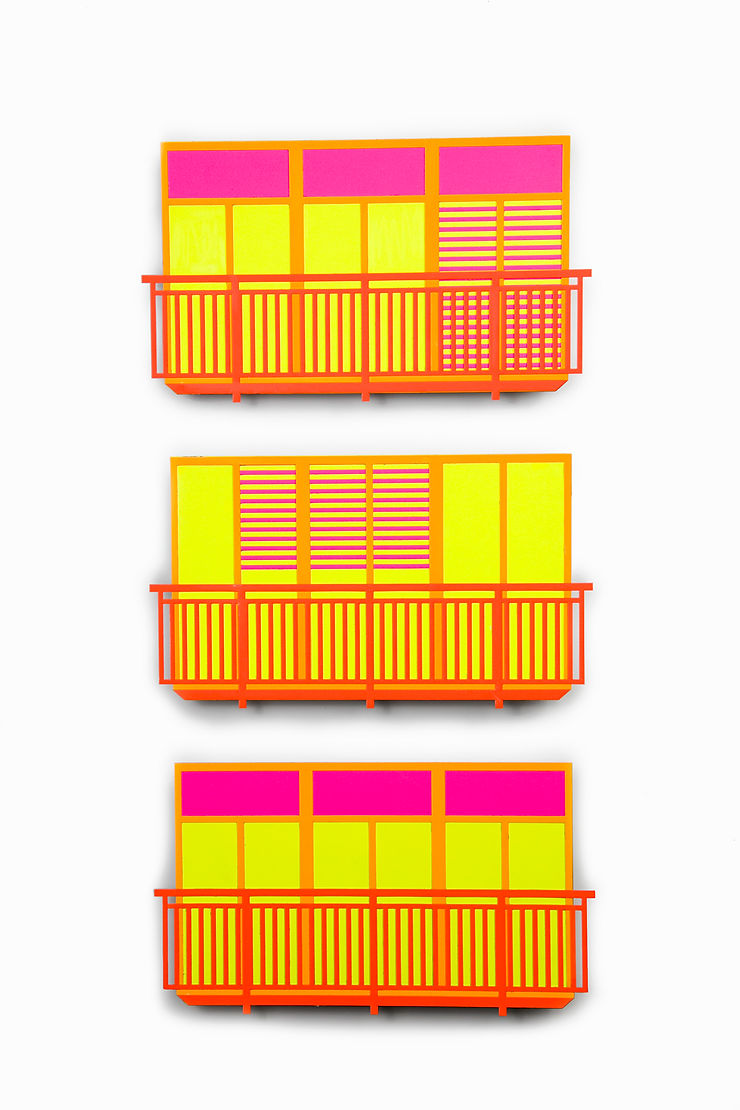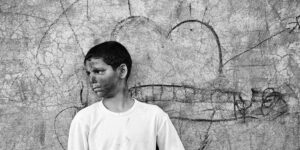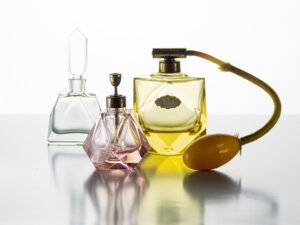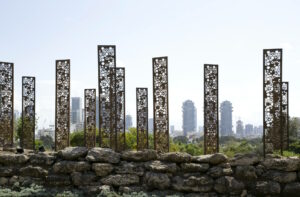
What
Neon paper; cutting, gluing
Who
Rotem Banai, b. 1985
Why
“Moments before Israel’s housing projects disappear to make way for residential towers devoid of a local identity, I attempt to shed light on the aesthetic of the local urban landscape. The housing project, which is seemingly stripped of aesthetic qualities, is a hodge-podge of shutters, bars, air-conditioning units and solar heating tanks. Together, these elements give rise to a unique aesthetic, which expresses the vital texture of human life. The uniform facades of these project buildings, which are similarly devoid of a distinct character, feature numerous contrasts, forms of improvisation and chaotic arrangements, while giving rise to a compelling and harmonious grid – an inseparable part of the Israeli landscape.
The bold, neon-colored sheets of paper usually used to print outdoor advertisements, whose peeling layers accumulate on notice boards, are another feature of the everyday cityscape. When I came upon these packages of paper in an office-supplies store, I connected to the power of the bright colors, and felt that their potential exceeded their use as a support for black ink. Working with these papers, I felt that their oversaturation creates a special effect when they are arranged together – they nearly blind us in an attempt to get our attention, and are capable of transporting any image beyond the realm of realism. The encounter between the qualities of the paper and the facades of the familiar gray housing project creates a contrast that sheds a new and contemporary light on this deeply familiar Israeli image.
I was born on a kibbutz, and moved to Tel Aviv with my mother at a young age. My childhood included frequent visits to my family on the kibbutz, so that despite being a “city girl,” I always had somewhat of an outsider’s perspective on the urban sphere – at times mixed with suspicion or disgust, in other instances filled with love. The contrast between the city and the kibbutz led me to become interested in the differently textured lives created by human beings, and in their myriad expressions all around me. Notwithstanding my deep love of nature and of local landscapes, I have learned over time to appreciate the beauty of the urban landscape. It is a cruder form of beauty that is sometimes concealed from the eye, one that grows out of the density, crowdedness, and soot.”
Where
On display at the Glass Pavilion, Tel Aviv Biennale of Crafts & Design, MUZA – Eretz Israel Museum, Tel Aviv.
More Articles

An Interview with Raed Bawayah Taken from the "Black Life. White Art" exhibition catalogue published recently. Interviewer: Guy Raz
30.04.24

New Acquisitions: Gifts from the Tennenbaum Collection to the Glass Pavillion Over 70 glass items from the Rivka and Zvi Tennenbaum Collection have been donated to the Glass Pavilion
18.04.24

New Acquisitions: Works Exhibited at the Biennale of Crafts & Design Some 60 artists whose works were exhibited at the Biennale of Crafts & Design held at the museum in 2020 and 2023 generously contributed their works to the collection of MUZA, Eretz Israel Museum, Tel Aviv
18.04.24
